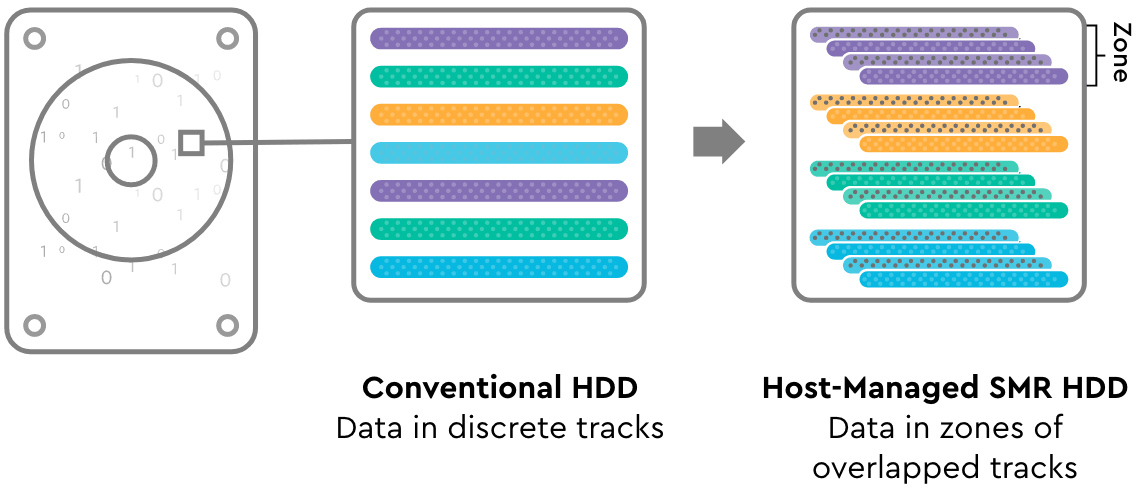Details & Exclusions
Non-members receive free standard shipping on orders of at least $299 excluding taxes and shipping costs, and after any applicable coupons have been applied. Western Digital Store members receive free standard shipping on all eligible orders. Free standard shipping (UPS Ground) applies to purchases delivered within the United States (other exclusions may apply). Western Digital reserves the right to change or discontinue these terms at any time without notice.
Details & Exclusions
Free 2-day shipping all orders placed now through July 13, 2025. Free 2-day shipping applies to purchases delivered within the contiguous United States, excluding addresses in Hawaii, Alaska, Puerto Rico and other U.S. territories (other exclusions may apply). Western Digital reserves the right to change or discontinue these terms at any time without notice.
Details & Exclusions
Receive free 2-day shipping (UPS) on purchases $100 or more before taxes delivered within the contiguous United States, excluding addresses in Hawaii, Alaska, Puerto Rico and other U.S. territories. Products exclusions: Outlet Store products and recertified products. Retailers, Resellers and Distributors are excluded from this promotion. Western Digital reserves the right to change or discontinue these terms at any time without notice. This offer is valid on December 17th-18th, 2022.
Details & Exclusions
Offer Terms
Discount offer valid only for 10 or more 22TB Ultrastar DC HC570 (0F48155) or 10 or more 20TB Ultrastar DC HC560 (0F38755), bought online through the Western Digital Store. This offer may not be combined, used in conjunction with or used in addition to any other promotion or offer, and does not apply to taxes or shipping costs. The offer is not applicable for any prior purchases and may not be available in all regions of the world. Delivery must be made within the contiguous United States, excluding addresses in Hawaii, Alaska, Puerto Rico and other U.S. territories. Western Digital reserves the right to change or discontinue this offer at any time without notice. Offer valid through December 30, 2022.
